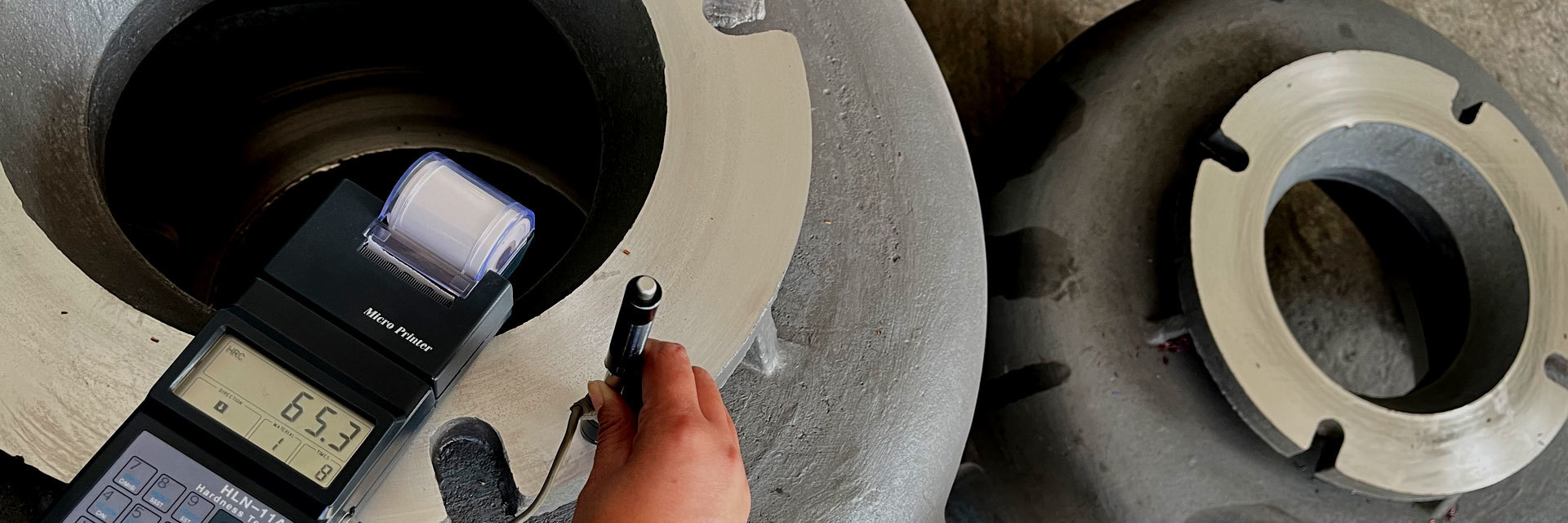As a widely used conveying equipment in industries such as mining, metallurgy, power, and coal, the stability and reliability of slurry pumps are crucial to the production process. However, long-term operation and harsh working environments often lead to various malfunctions of slurry pumps. Therefore, mastering the maintenance methods of slurry pumps is of great significance for ensuring the normal operation of equipment and extending its service life. This article will provide a detailed introduction to the maintenance steps, precautions, and common troubleshooting methods for slurry pumps.
Before carrying out maintenance on the slurry pump, sufficient preparation work should be done first, including the implementation of safety measures, preparation of maintenance tools, and formulation of maintenance plans.
1. Safety measures: Ensure good ventilation at the maintenance site, wear personal protective equipment such as goggles, masks, gloves, etc., to avoid harm to the body caused by dust, noise, etc. generated during the maintenance process. At the same time, cut off the power and hang a "Do Not Close" warning sign to prevent accidental start-up.
2. Preparation of maintenance tools: Prepare corresponding tools according to different maintenance projects, such as screwdrivers, wrenches, hammers, vernier calipers, micrometers, magnetic gauge holders, dial indicators, etc. For parts that need to be replaced, they should be purchased in advance and their quality checked to ensure they meet the requirements.
3. Maintenance plan formulation: Based on the operating status and maintenance history of the equipment, analyze possible fault points and develop a detailed maintenance plan, including maintenance items, required materials, personnel division, time arrangement, etc.
Disassembly is an important part of the maintenance process, and the correct disassembly sequence and inspection method are crucial for the smooth progress of subsequent maintenance work.
1. Disassembly sequence: Disassemble according to the principle of from outside to inside and from top to bottom. First, remove the pipes, valves and other accessories connected to the slurry pump, and then gradually disassemble the pump body, impeller, bearings and other components. During the disassembly process, proper labeling should be done to avoid confusion.
2. Inspection and measurement: Carefully inspect the disassembled components, observe their wear, corrosion, deformation, etc., and use tools such as vernier calipers and micrometers to measure their dimensions and determine whether replacement is necessary. At the same time, check the wear level of vulnerable parts such as bearings and sealing rings, and replace them if necessary.
The cause of bearing overheating may be poor lubrication, bearing damage, or improper installation. The solution is to check the lubrication condition of the bearings and promptly replenish or replace the lubricating oil; Check the installation of the bearings to ensure that their fit clearance meets the requirements; Damaged bearings should be replaced promptly.
Shaft seal leakage is one of the common faults of slurry pumps, mainly caused by shaft seal wear, uneven sealing surface, or improper installation. The solution is to replace the worn shaft seals to ensure that the sealing surface is flat and smooth; Adjust the installation position of the shaft seal to ensure that the clearance between it and the shaft is appropriate; Check the clamping force of the shaft seal to ensure the sealing effect.
The impeller of the slurry pump is the core component of the slurry pump, and its wear directly affects the performance of the pump. The main cause of impeller wear is the erosion of solid particles in the medium. The treatment method is to regularly measure the wear of the impeller, and when the wear reaches a certain level, a new impeller should be replaced in a timely manner; For impellers with light wear, repair techniques such as welding and spraying can be used for repair.




